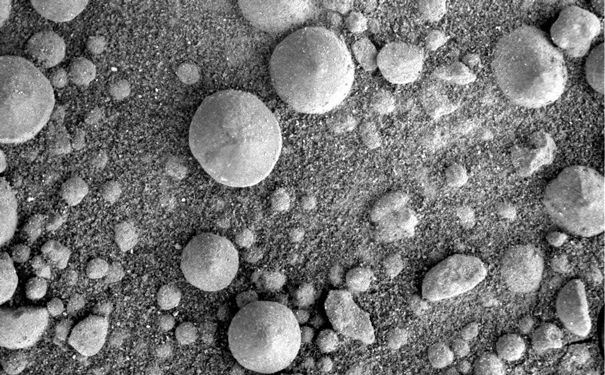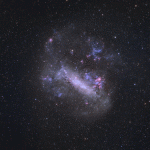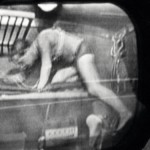
These are some of the "blueberries" spotted by Opportunity, 200 metres north of Victoria Crater. Image: NASA/JPL-Caltech/Cornell/U.S. Geological Survey
It’s unlikely that anything still lives on Mars today, but anything that was around millions or even billions of years ago might have left a few traces behind.
The Curiosity rover touched down on Mars just over a month ago and is now getting ready to begin its detailed investigation of the planet. As it trundles around at a top speed of four centimetres a second, it will be looking for “blueberries,” among other things.
These aren’t the fruits we have on Earth, but spherical iron-oxide concentrations. They were first spotted by Opportunity in 2004 and provided some of the first evidence for liquid water on Mars. According to scientists from the University of Western Australia and the University of Nebraska they could also provide evidence for life on the Red Planet.
“We are increasingly discovering that throughout time microbes have adapted to survive in some unlikely, and potentially hostile, environments, scavenging nutrients and deriving energy from the meager sources available,” wrote Karrie Weber, David Wacey and Matt Kilburn, authors of the study published in the journal Geology.
The Earth’s equivalent of these iron blueberries has been found in the Jurassic Navajo Sandstone near the Colorado River, in Utah, and range in size from small marbles to cannonballs. Previous theories suggested that they had been formed by simple chemical reactions, without any help from life forms.
Weber and her colleagues, however, have showed that there is a clear relationship between the spheres found in Utah and biological elements such as carbon and nitrogen, which indicates that they were formed by microbes. These critters ate the iron and used the carbon as an energy source, starting a chain of chemical reactions that eventually created the blueberries.
If Curiosity finds more “blueberries” (let’s remember that the rover is equipped to detect organic material, identify mineralogy and capture high-resolution images), it could bring us closer to finding out if once upon a time there was life on Mars. Most biological traces, like DNA, would be lost over millions of years and that may be the case here, but the “blueberries” and their associated carbon should be preserved.
“If the surface of Mars has been largely inactive for the past x billion years, then the “˜blueberries’ or other structures that exhibit an iron oxide rich rind and depleted interior may represent the intact fossilised remains of microbial activity,” the scientists explained.
If you’d like to find out more about the Red Planet, why not grab a copy of Issue 17?
Source: UWA






